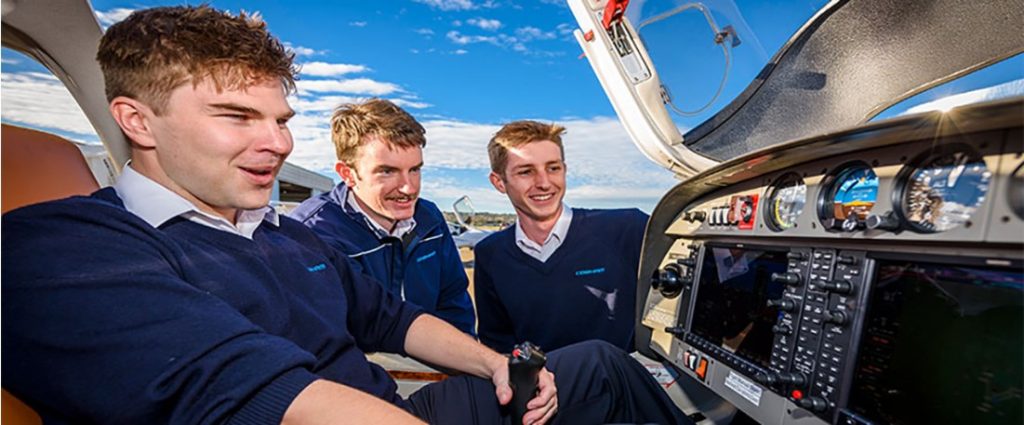Reports of drones flying dangerously close to industrial aircraft have raised serious concerns about drone safety and regulation, but is pilot training addressing these new challenges? Should drone awareness and avoidance be part of commercial pilot education?
On 1 day alone,How is the new generation of drones impacting pilot training? Articles August 4, 2015, at one airport, New Jersey’s Newark, four various industrial airliners on approach for landing reported seeing drones near or in their flight path.
According to the FAA, pilot reports of unmanned aircraft have increased substantially over the previous year, from a total of 238 sightings in all of 2014, to a lot more than 650 by August 9 of this year.
Amongst these dodging hobbyist drones are pilots of commercial airliners, fire fighters and air ambulance pilots. The security implications of these unmanned drones – getting flown by anyone with a couple of hundred bucks to purchase one –is really concerning for all of those involved in aviation security. Do online pilot school need to include things like drone evasion in industrial pilot training? Will helicopter flight instruction have to include drone identification?
For now, the government is focused on attempting to control the behavior of drone pilots – albeit unsuccessfully to date. Though the FAA guidelines, or guidelines, for unmanned aircraft systems (UAS) are clear, they are in truth not law (the FAA can’t make laws).
A tiny UAS operator should normally see and avoid manned aircraft. If there is a threat of collision, the UAS operator need to be the 1st to maneuver away.
The operator have to discontinue the flight when continuing would pose a hazard to other aircraft, individuals or house.
A tiny UAS operator should assess weather situations, airspace restrictions and the place of persons to lessen dangers if he or she loses control of the UAS.
A modest UAS could not fly more than persons, except those directly involved with the flight.
Flights ought to be limited to 500 feet altitude and no more rapidly than 100 mph.
Operators ought to stay out of airport flight paths and restricted airspace regions, and obey any FAA Short-term Flight Restrictions (TFRs).
The public is becoming increasingly conscious of the implications of these seemingly innocuous encounters – like when western fire fighting aircraft had been forced to ground activities this summer over security concerns of the drones in their space. It appears lives actually are on the line.
Drones have been spotted at altitudes as higher as ten,000 feet and at airports all through the nation which includes, Newark, JFK, Denver International, Fort Lauderdale, Allegheny County, Dane County, Burbank, Greenville-Spartanburg International and Dallas Like Field to name a few.

Will public stress – hopefully just before a drone-caused air tragedy occurs – lead to extra regulation of drone pilots? Or will we force pilot education institutes to commence including drone awareness training for their industrial pilots – the ones accountable for the safety of hundreds of air passengers?
At this point, the answers are not clear. And as drones become less costly and extra ubiquitous, this challenge will only enhance.
Safety of the passengers should remain the paramount objective of commercial pilots. It appears lots of drone pilots are not deterred by the guidelines law, so in the name of safety, industrial and private pilot instruction may perhaps be a logical response.
